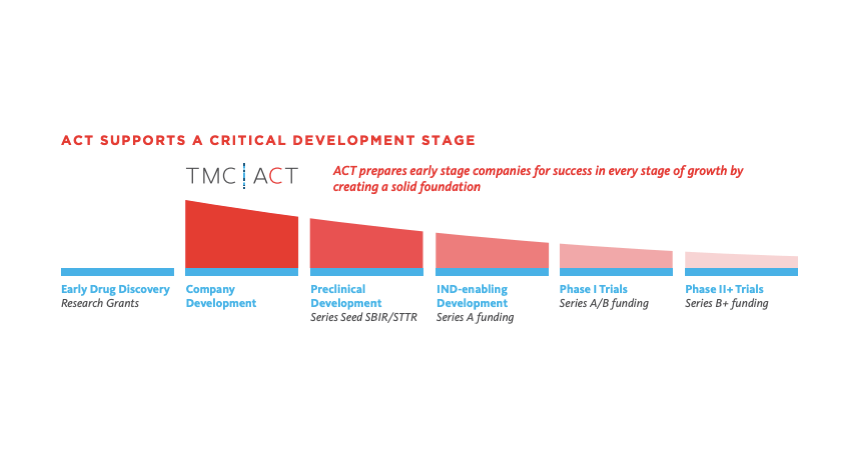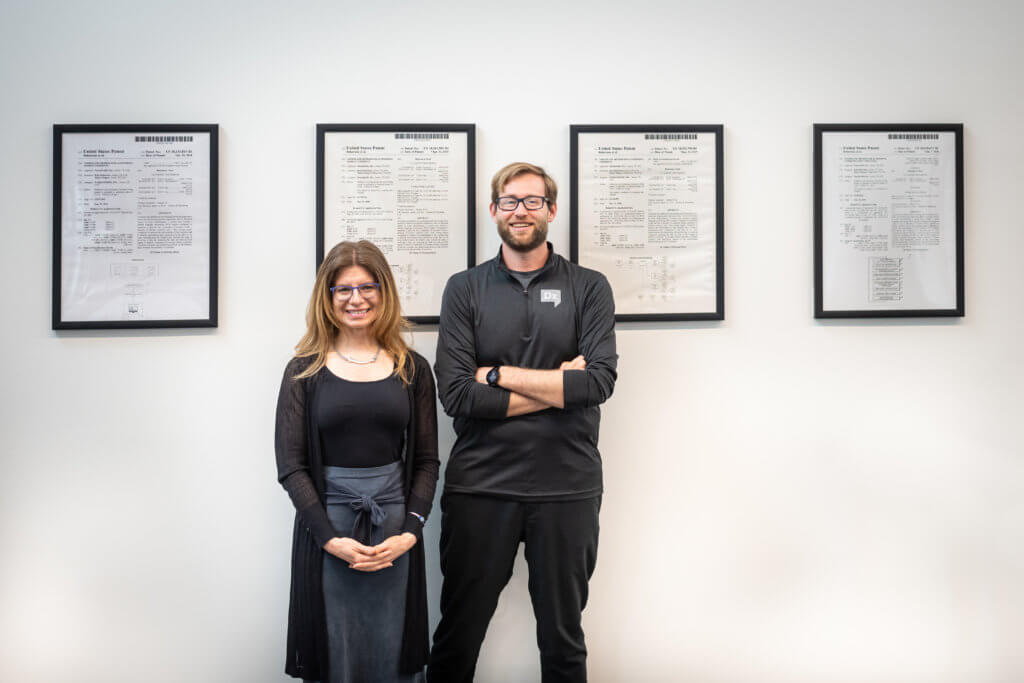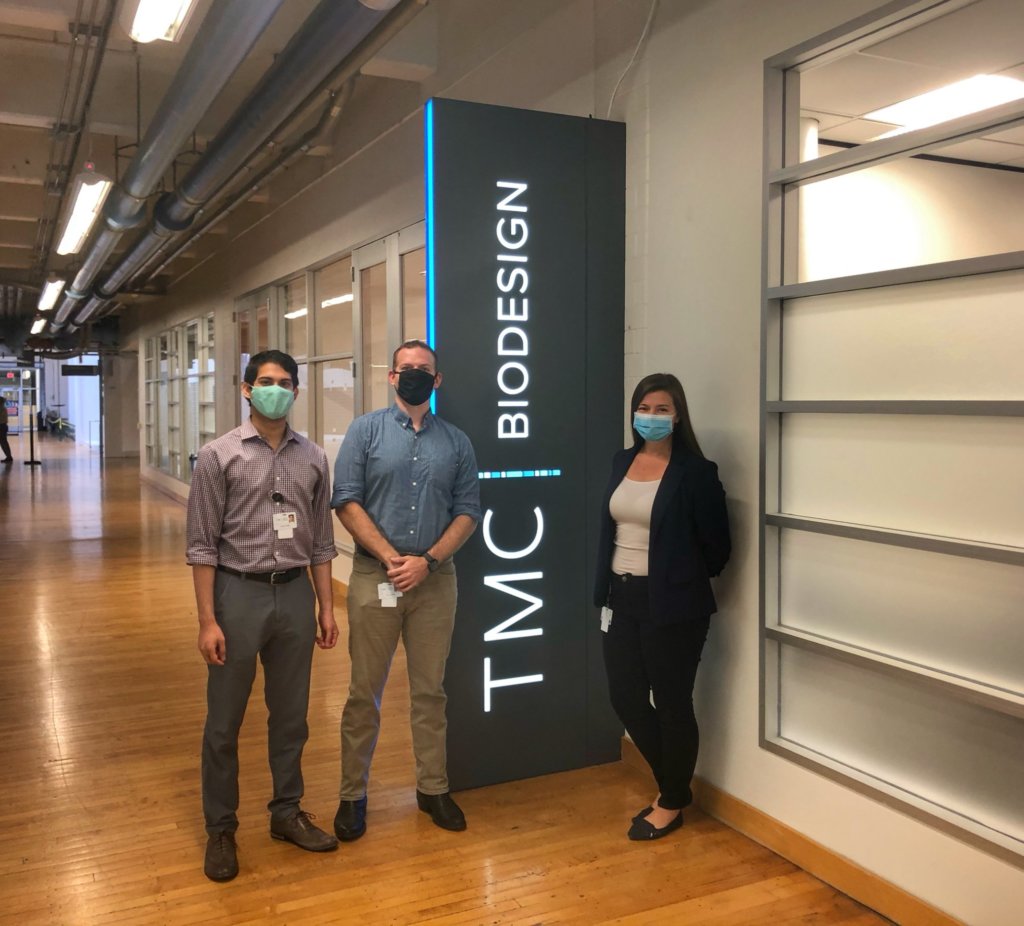Why hospitals are investing in health care upstream

Julia Andrieni, M.D., recalled a patient who recently made repeated visits to a Houston Methodist Hospital emergency room. He didn’t have any acute medical condition—he was just looking for some food. But the repeat visits cost the hospital money and didn’t do much to help the patient, either.
A Houston Methodist caseworker, Andrieni said, did some digging. It turned out the patient was suffering from dementia and living in his car. His son, who lived in another state, was unaware of this until Houston Methodist contacted him. The caseworker was able to work with the family to help the patient move in with his son and reduce the unnecessary hospital visits.
This story illustrates a new approach to care in hospitals in Houston and beyond, said Andrieni, president and CEO of Houston Methodist Coordinated Care. “For this program to work, we have to provide care not just inside our walls, but outside our walls,” she said.
Today, many United States hospitals are assuming responsibilities traditionally held by social service agencies. It’s a role they weren’t necessarily designed to take on, but may be well-suited to, given their access to vast volumes of data, their trusted role in the community and recent policy changes.
New paradigm
In some cases, examples of the new paradigm are relatively straightforward, such as connecting patients with social workers or referring patients to Federally Qualified Health Centers (FQHCs) that can meet their primary care needs. In other cases, they’re more complex and creative, and suggest a broader rethinking of what, exactly, it means to provide health care.
A hospital based in Columbus, Ohio, for example, is offering grants for housing repairs to 150 homeowners nearby. In Chicago, a health system sends community workers to asthmatic patients’ homes to show how dust and secondhand smoke can exacerbate their conditions. In Boston, a health care provider placed tax preparers in its pediatrics department to help families get proper tax credits and full tax refunds.
This broadening of responsibilities is what health experts call investing in health care “upstream,” said Chris Greeley, M.D., chief of public health pediatrics at Texas Children’s Hospital and vice chair of community health at Baylor College of Medicine. “You have to pay attention to the context in which people are living,” he said.
Public health experts agree that, for the most part, about 80 percent of our health is related to things that occur outside of the health care system. Europe and the United Kingdom have long appreciated the link between social investment and health, and have found success funding the former to help achieve savings on the latter. But over the last decade, the U.S. has increasingly come around, too, Greeley said. Health care providers are recognizing that it is ineffective and inefficient to treat patients and then send them right back to the very conditions that contributed to their illnesses or ailments. In recent years, providers have moved beyond studying the links between social conditions and health and are launching programs to address the link.
When U.S. Secretary of Health and Human Services Alex Azar last year spoke about the issue, he teased the idea of moving health care toward “solutions for the whole person.” Beginning in 2020, Azar said, Medicare Advantage plans— which pay for managed care based on a monthly fee per enrollee—could start paying for benefits like home modifications, home-delivered meals and more. The idea is to keep seniors out of the hospital if they don’t need to be, saving money and improving their health.
“It’s not new, and it’s not rocket science—social workers have been doing this stuff for 100 years,” said Len Nichols, Ph.D., director of the Center for Health Policy Research and Ethics at George Mason University. But several factors are driving hospitals to embrace a broader function, he explained.
Part of the solution
First, as a result of the Affordable Care Act (ACA), hospitals can be penalized when patients are readmitted after undergoing medical treatment. That gives health care providers a strong incentive to address upstream issues that can help prevent readmission—or hospitalization in the first place.
“The best way to avoid a hospital readmission is to avoid an unnecessary admission,” said Bita Kash, Ph.D., director of the Center for Outcomes Research at Houston Methodist.
Second, the ACA created systems by which hospitals could sometimes keep a portion of the savings if they avoided unnecessary costs. In some cases, hospitals themselves function as the health insurer, so they may have an incentive to avoid unnecessary, expensive care and invest “upstream” if it can help achieve savings.
The reshuffling of duties raises fundamental questions about the role and responsibility of major institutions in society. Who is responsible for ensuring patients have safe living conditions? Who’s responsible for making sure they have access to healthy food? Doctors and hospitals, Greeley said, aren’t usually the solution to these types of broader societal questions—but almost all of the time, they’re part of the solution.
“If [your patient] is talking to you about how their car just got repossessed, and our response is ‘good luck with that,’ that seems like an opportunity that’s been missed,” Greeley said.
At Houston Methodist, the health system manages 30,000 Medicare patients in the Houston area through its Houston Methodist Coordinated Care ACO. (Accountable care organizations are groups of health care providers who work together to offer coordinated care.) Historically, Methodist has provided grants to FQHCs and mental health providers as a community benefit. Now, as an ACO, the hospital is also involved in more targeted, value-based care.
This means Houston Methodist is linking patients with social workers and case managers, who can help connect patients with social services. It is training clinicians to embrace a holistic view of health. The system is also using predictive analytics to identify patients who are most likely to benefit from early interventions so they can be reached “before they fall off the cliff,” Andrieni said.
For example, Houston Methodist purchases food through Meals on Wheels for patients who won’t be able to shop for or prepare food after a hospital discharge, and it hopes to integrate a software service called “Aunt Bertha” that connects patients to food, housing and transportation providers via its Epic electronic health records system.
In a similar vein, Memorial Hermann Health System officials recently unveiled a new service center at Memorial Hermann Southwest Hospital in Sharpstown, where health navigators can connect patients to legal aid organizations, homeless shelters, FQHCs and other services. Their goal is to work with patients before they’re in a crisis, said Carol Paret, CEO of Memorial Hermann Community Benefit Corporation. The resource center is open to anyone, not just patients.
Memorial Hermann has enrolled about 100 patients in its own program that provides six weeks of Meals on Wheels services after hospital discharge. That program, Paret noted, has the added benefit of putting extra eyes on the patient. If drivers see a patient is struggling, they can suggest that a Memorial Hermann caseworker follow up.
This is part of a broader effort to use trained “navigators” to screen Memorial Hermann patients for food insecurity. The system’s ultimate goal is to determine whether all patients— regardless of how they’ve entered the Memorial Hermann system—have reliable access to healthy food. Trained “navigators” started screening patients for food security more than a year ago. Now, the questions are built into patients’ electronic health records and physicians are getting training in how to pay attention to the responses.
“What I tell doctors, all the time, is that if your patient is food insecure, they’re not going to follow the diet and they’re not going to fill the prescription,” Paret said. Hospitals must recognize the importance of conditions beyond their walls. “The reality is, hospitals can’t do it all,” Paret said. “But hospitals are a piece of the solution.”




